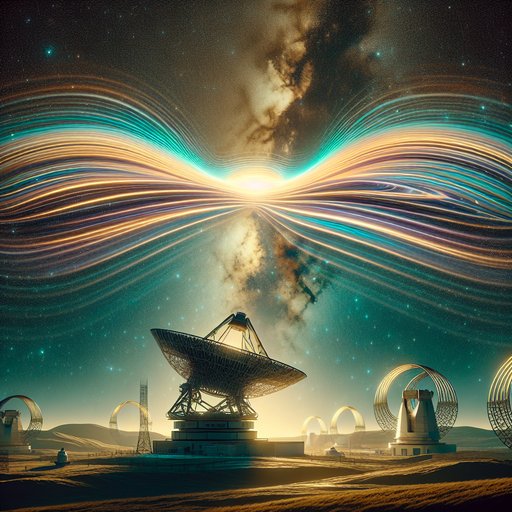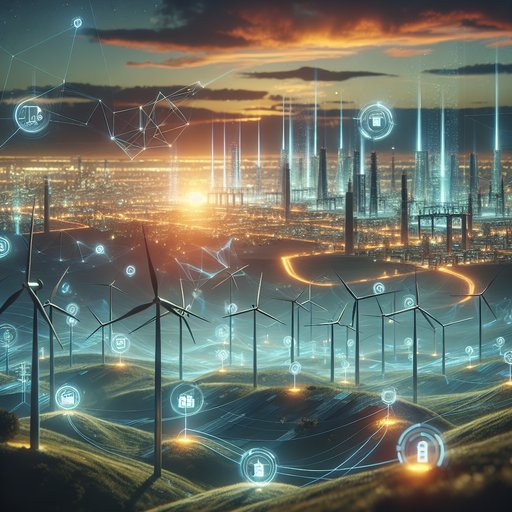
Astronomers now routinely chase some of the cosmos’s briefest, most violent events: gamma-ray bursts that light up the high-energy sky and gravitational waves that ripple through spacetime. These phenomena are rare and fleeting, demanding fast alerts, global coordination, and instruments tuned to extremes. From space-based gamma-ray monitors to kilometer-scale interferometers on Earth, a new era of rapid discovery has turned once-hypothetical signals into rich astrophysical laboratories. The result is a maturing field of multi-messenger astronomy that links light, particles, and gravitational waves to reveal how the universe’s most catastrophic explosions unfold.

When machines take on the labor that once structured human days, something quieter remains, like the tone that lingers after a bell. We still wake. We still reach for tasks that anchor us to one another and to a place, even as an algorithm learns, with astonishing accuracy, to make the shipyard machine sing and the streetlights blink in time. In one harbor city, a man keeps a job that a committee has decided is mostly symbolic. He listens to gates that decide whether the sea will enter, and he waits, and he wonders what the word ‘work’ means when the pay arrives either way. In the doorway of his watchroom, children press their faces to the glass. The story begins with a hand on a lever, and with the understanding that purpose might live in the attention before anything happens at all.

Quantum computing has evolved from a provocative idea in theoretical physics to a globally coordinated engineering effort, with laboratories and companies racing to build machines that exploit superposition and entanglement. Unlike classical processors that flip bits through irreversible logic, quantum devices manipulate wavefunctions with delicate, reversible operations that harness interference to reveal answers. This shift is not a faster version of today’s computing; it is a different model that excels at particular classes of problems, notably cryptanalysis and the simulation of quantum matter. Progress is tangible—larger qubit arrays, better control electronics, and maturing software stacks—but the field is still constrained by noise and the overhead of error correction. Understanding what quantum computers can and cannot do today is essential to charting realistic timelines for secure cryptography and scientific discovery.

Electric power systems are being redesigned for a world where wind and solar play a leading role. This transformation goes far beyond adding turbines and panels; it requires new sensors, software, market rules, and hardware that can keep electricity reliable when supply varies with weather and demand shifts by the hour. Smart grid technologies—spanning advanced metering, real‑time control, and flexible demand—are turning passive networks into dynamic platforms. At the same time, operators are learning to integrate inverter‑based generation, large-scale storage, and responsive loads to preserve stability without relying on fossil plants. The result is a grid that is cleaner, more resilient, and increasingly digital, but one that also demands careful planning, cybersecurity, and investment to deliver affordable, dependable power.


































































